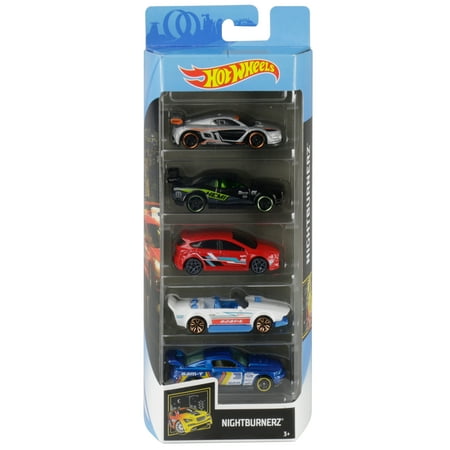Hot Wheels Super Rigs, Transporter Vehicle With 1 1:64 Scale Car (Styles May Vary)
These cool sets feature a Hot Wheels hauling rig with one 1:64 scale car to deliver inspiring ways to play — push around, load and go or hit the track for racing thrills! Each semi transporter comes with a sports car and features big action fun and dynamic detailing. There are many radical rig models to choose from, so pick a favorite then load up and hit the road for new, powerful adventures! Each sold separately, subject to availability. Colors and decorations may vary.





























































Hot Wheels Super Rigs, Transporter Vehicle With 1 1:64 Scale Car (Styles May Vary):Age Range: 3 Years and UpPush around, load and go or hit the track for racing thrills with a cool 2-vehicle set featuring a hauling rig and car!Each pack includes Hot Wheels 1 transport vehicle and 1 Hot Wheels 1:64 scale car!Both the Super Rig and the car feature big action fun and dynamic detailingA wide variety to choose from makes collecting them fun — car enthusiasts and kids will want them all!With double the fun, the sets make a great gift for collectors and kids ages 3 years old and up (each sold separately)Styles May Vary, includes one item from the set chosen at random





Reviews
There are no reviews yet.